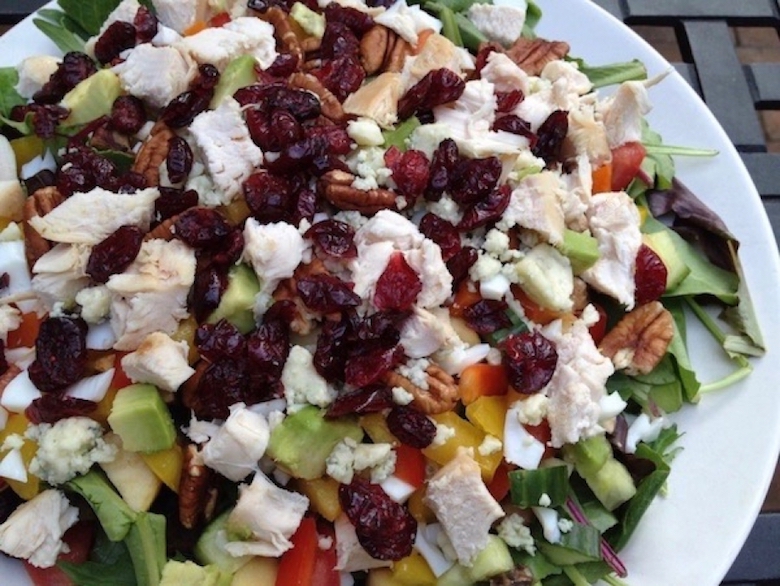A section denoted “carbohydrates” can be found directly in the middle of the Nutrition Facts label. The amount of carbohydrates (carbs) per serving of a food is always listed in grams and typically followed by 2-3 additional lines containing information related to dietary fiber, sugars, and sometimes sugar alcohols and/or sweeteners like erythritol, isomalt, lactitol, maltitol, mannitol, sorbitol and hydrogenated starch hydrolysates, which are commonly housed in “low-carb” foods.
Related Article: Simple Strategies for Deciphering Food Labels
High-quality carbs generally contain large amounts of fiber (at least 2 grams per serving) AND low amounts of added sugars (less than 10% of total calories) AND no or very low quantities of sugar alcohols. Vegetables, most fruits, legumes (dried beans and peas), whole grain foods, nuts and seeds are among the best sources for meeting all of the above criteria.
Related Article: How Different Types of Fiber Affect Your Health
Any food source of carbohydrates that doesn’t meet these criteria is likely not a healthy one.
So, if the front label of a package reads “high fiber”, look at the Nutrition Facts label to see if it’s high in sugar. Likewise, if the front of the package is branded with a “no sugar added” or “reduced sugar” label, calculate its sugar content relative to the total calories it contains to see if it’s less than 10% of this amount.
This is where the food industry rears its dirty head.
Related Article: Seven Food Labeling Tactics That Are Making People Sick
PepsiCo’s use of the “no sugar added” label on “Naked Juice” clearly demonstrates this. Their “Green Machine” flavor, for example, contains about 135 calories along with 27 grams of sugar per 8-ounce serving. Since there are four calories in one gram of carbohydrates, multiplying the number of sugar grams by four equates to 108 calories from sugar. This is 80% of the total calorie count in this beverage, which essentially means that you’re drinking sugar.
Whether it’s sugar derived from fruits or pure table sugar, it is sugar, and this is a problem!
Related Article: Dietary Sugar: The Good, The Bad and The Unnecessary
Sugar digests rapidly causing pronounced rises in blood sugar (glucose) and even greater increases in insulin, which is the hormone responsible for lowering blood glucose. Given that continuous elevations in glucose and insulin contribute to weight gain and possible obesity, haphazardly taking down sugar this way can put a real hurt on the waistline and, over time, your health.
Other carbohydrate-rich foods like white bread, refined cereals, starchy vegetables (corn and potatoes) and most fruits impact digestion in much the same way. However, unlike white bread and refined cereals, starchy vegetables and fruits are naturally abundant in dietary fibers that help to slow down the overall digestion process.
When chosen carefully carbohydrates can be quite beneficial for good health, as they contain substantial amounts of fiber, healthy fats, and protein. It’s also important to understand that moderation is key when consuming carbs, as excess intake (more than 55-60% of total calories) of those of even the highest quality can lead to unwanted weight gain and other health problems.
Related Article: What You Should Know About Carbs and the Glycemic Index







